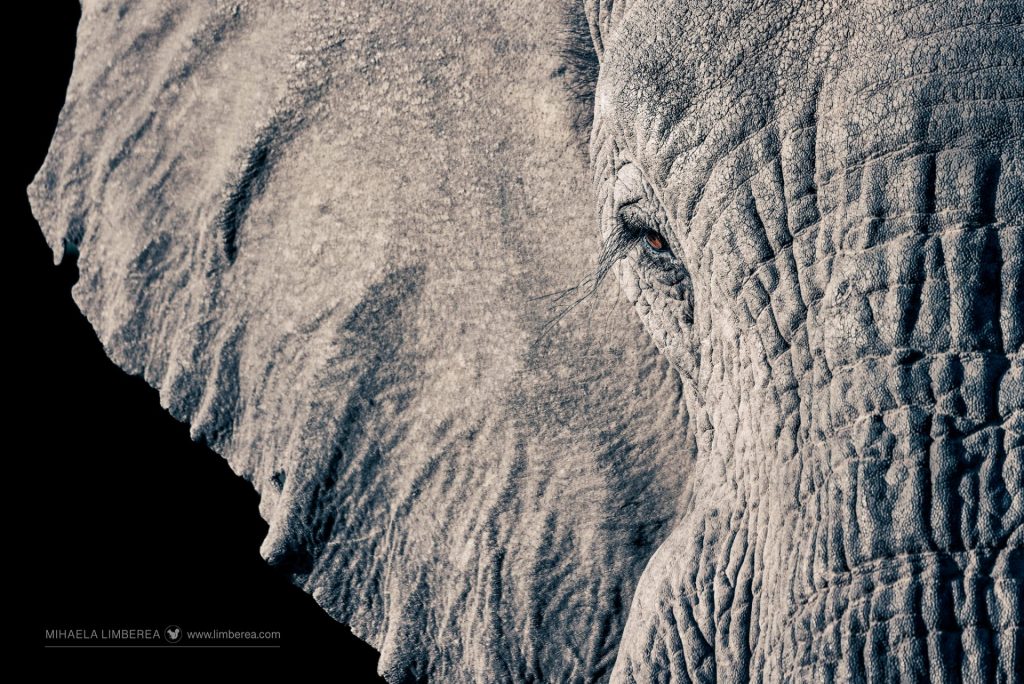
I didn’t do much photo processing this month, what with summer vacations, gardening, and the Olympics.
African elephant photographed in Marataba Marakele, South Africa. Many people commented on the elephant’s long lashes on Instagram, but most missed just how long they really were. Take another look. Yes, they are long and thick near the eye, but if you look closer, you’ll see that they are even longer than you think!

A zebra walks leisurely ahead of its harem in the Marakele National Park, South Africa. In zoology, a harem is a group of zebras consisting of one stallion, several mares, and their offspring.

Southern yellow-billed hornbills (Tockus leucomelas) are also called ‘flying bananas’ because of their huge bills. This bird’s bill is remarkably large in comparison to its body and can make up to 1/6th of its entire body length!
Interesting breeding behavior: Once a mating pair is established, they search for a nesting site, often in a tree facing northeast, and construct their nest using leaf litter and bark. The female enters the hole, seals it with her droppings, and leaves a small opening for the male to feed her while she tends to the eggs.
The female lays 3 or 4 eggs and incubates them for 25 days without leaving the nest. During this time, she sheds all her flight and tail feathers, becoming reliant on the male and vulnerable if he is absent or harmed. While in the nest, her feathers regrow, and she emerges with new plumage when the oldest chick is about 3 weeks old. Both parents take turns feeding the chicks for the next 6 weeks. When the chicks mature, hunger prompts them to break down the nest wall.
Stay tuned because I’m bursting with excitement to share more about this unforgettable adventure with all of you!
Related Posts
- Favorite Photos: June 2024
- Favorite Photos: May 2024
- Favorite Photos: April 2024
- Favorite Photos: March 2024
- Favorite Photos: February 2024
- Favorite Photos: January 2024
If you liked this post, share it on your preferred social network or forward it to a friend.